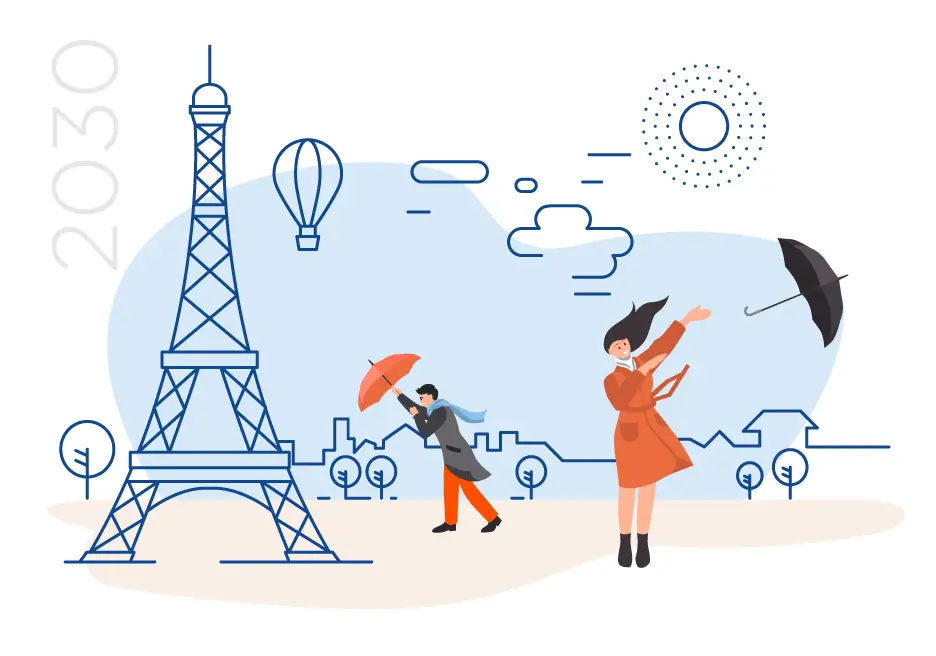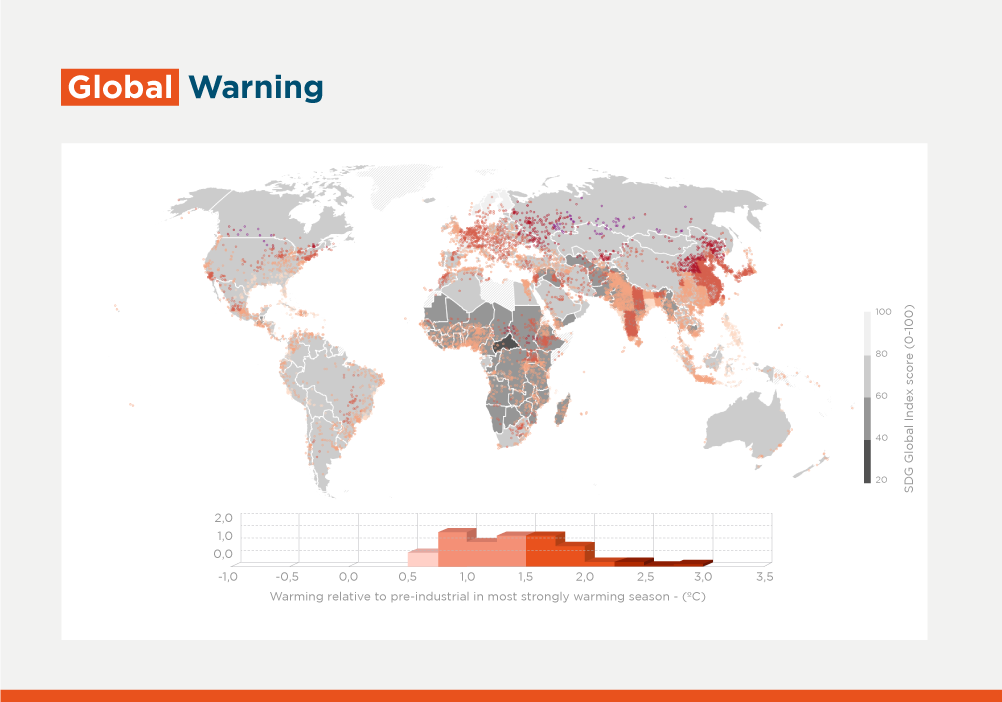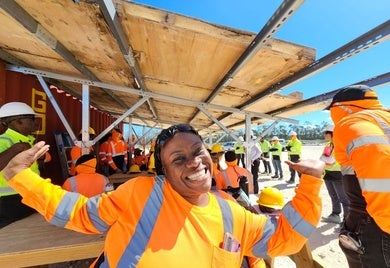When It Comes to the Climate, 10 Years Is Nothing

When I think of our historical moment, this Spanish-language song comes to mind, one that Argentina's Carlos Gardel first sang in 1935, and that many of us will always remember by heart:
"Feeling that life is just a breeze, that twenty years is nothing, that a feverish gaze, wandering in the shadows, looks for you and names you ..."
The world is being shaken by a pandemic that, in addition to human tragedies, has turned everything on its head: our habits, our freedom, our economies, our companies, and society as a whole. But it has also made us aware of two important aspects. First, there will be more pandemics and major crises on the way if we don't take care of ourselves and our planet. Second, solutions to global problems require global responses, from all of us.
Perhaps it is no coincidence that we have just celebrated the fifth anniversary of the Paris Agreement, a pact to fight against climate change signed within the United Nations (UN) in December 2015. Even though the United States later departed from the agreement, it looks like it will return. The European Union, which has a Green Deal underway, has committed to reducing its emissions of polluting gases by 55% in 2030 to achieve the goal of zero emissions by 2050. China has also committed to being emissions neutral by 2060 .
Nor is it by chance that the pandemic has led us all to ask ourselves what is really important, forcing us to focus on people, family, loved ones, the time we share with each, and values. All that that in business we identify with the purpose, vision, mission in society, contribution to the community. What we used to identify with the concept of Corporate Social Responsibility, today widely surpassed by that of Sustainability and ESG, environmental, social, and corporate governance criteria.
For all these reasons, both the anniversary of the Paris Agreement and the fifth anniversary of the UN Sustainable Development Goals (SDGs) signed in September 2015 have an added meaning: 17 global goals with specific goals and ambitions such as eradicating the poverty, protect the planet and ensure prosperity for all.
Both agreements were very relevant as a starting point and generation of global consensus. But they have not been as effective as expected in terms of implementation and achievements. And if in any case there were important advances, such as in reducing poverty and inequalities, the pandemic has in many cases returned us to the starting point. In Latin America alone, COVID-19 could drag more than 28 million people into poverty, raising the total number to 215 million (35% of the population), according to calculations by the Economic Commission for Latin America and the Caribbean (CEPAL, in Spanish). This will now force us to run faster to get to the same place. On all fronts. Let's look at one of the most popular SDG goals, number 13: Climate Action.
The goal of the Paris Agreement for 2030 – and in the longer term – is to keep the increase in global average temperature well below 2ºC above pre-industrial levels and aim to limit it to 1.5ºC. But if we analyze in depth the data collected in the 2018 Global Warming of 1.5ºC report of the UN Intergovernmental Panel on Climate Change (IPCC), we see that there has been no progress in the right direction, but quite the opposite.
Pollutant gas emissions grew at an annual average of 1.5% in the past decade. If this continues, they will double in 2050 and quadruple in 2100, which would lead to an increase in the average temperature of 3.2ºC in 2050 and 4ºC at the end of the century. And make no mistake, last spring's global lockdown gave us a temporary respite only. I would describe it as a mirage that did not stop the clock either. After a return to some normalcy, the levels of CO2 concentration in the atmosphere set new records just before the summer, as the UN revealed when launching its United in Science 2020 report.

To achieve in 2030 the target that the average temperature does not exceed the maximum objective of 2ºC , it would be necessary to cut polluting gas emissions by 25%, a cut that should be double (50%) to meet the objective of 1.5°C. In other words, the effort we have to make in the next decade, between now and 2030, is massive, enormous.
The clock is ticking. And we must run faster. Because we didn’t push the envelope when we should have. The Paris Agreement laid the groundwork for a transformation towards low-emission and climate-resilient development models, but the path must really be followed. We are facing an opportunity to create the future we need, a better future, based on new economic and social structures. And for this we must make up for lost time knowing that, as Gardel said, twenty years is nothing. In fact, ten years, which is the time we have before 2030, is even less.
LIKE WHAT YOU JUST READ?
Subscribe to our mailing list to stay informed on the latest IDB Invest news, blog posts, upcoming events, and to learn more about specific areas of interest.
Subscribe



